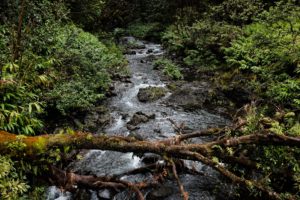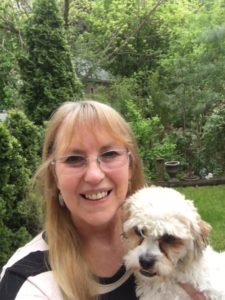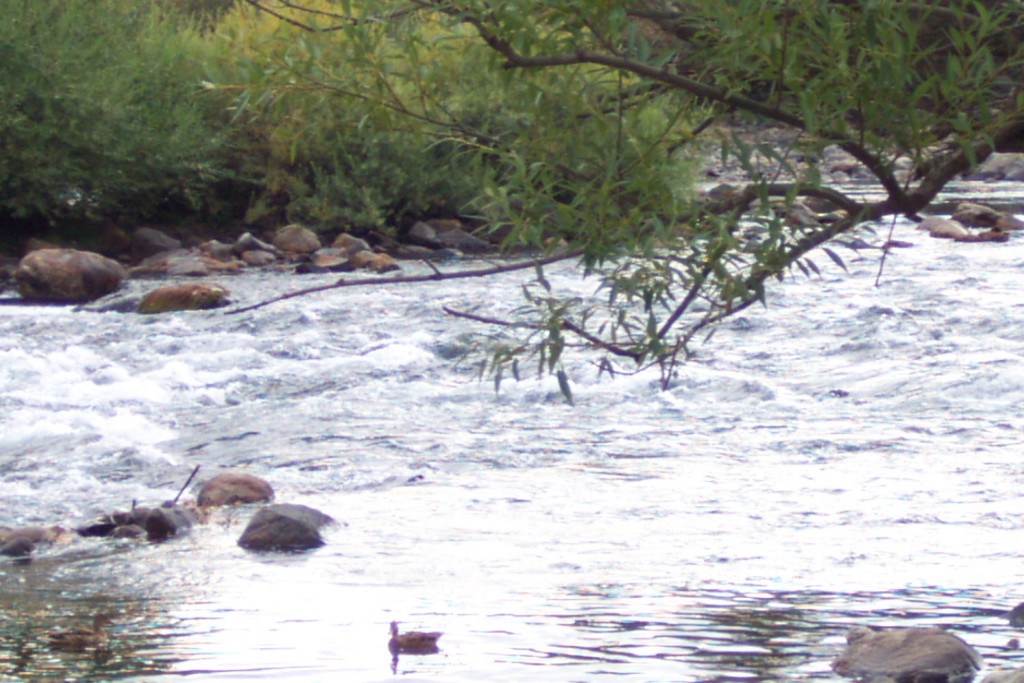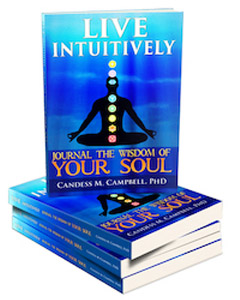In my niche, there are only a few people I know that have not seen the film The Secret, which came out in 2006. If you have not seen it, I am sure you’ve seen shows or videos online about manifesting.
“It isn’t working!” exclaim many of my clients! Even when they know what they want to create, when they have clarified every detail, and even created a vision board, they wait and nothing happens. In deeper exploration of this, I realized a problem.
What happens when you get clear on what you want? Are you excited and you match the energy of others who are successful? And then . . . You begin to doubt! All of the sudden, a voice within raises its ugly head saying, “You can’t do this.” You may think others can do it but not you or that you are doing it wrong. You may think you are not doing it long enough, hard enough, right enough. Then all the questions come up. What are you going to do with . . . What would you do about . . . What will others think? You’ll have to change everything; where you live, how you dress, where you go, your friends. . . it all hits at once.
[clickToTweet tweet=”Open your arms and heart and allow the Universe to gift you with your greatest desires!” quote=”Open your arms and heart and allow the Universe to gift you with your greatest desires!”]
What do others do who are successful? Well, a couple of things. One is they “do the work” and get underneath the issues that create this fear, increase their self-esteem, find support in groups of people who are similar, or they feel the fear they experience and do it anyway.
One way to do the work is to write out what you hear yourself saying and challenge it! An example from my own life is when I started filming the Reality TV Show for Soul Ltd. My biggest fear was what do I wear? If you are reading this I am offering a free download of my Abundance mp3. You can find it under products and use the coupon code 2015AbundanceGift. Enjoy! My mantra was I would live in my pajamas if I could. I boasted that I defended my dissertation with my adviser and others from the University over the Internet wearing my pajama bottoms. I did dress professional from the waste up!
What I told myself to calm my fears was, “I will be who I am. I love being comfortable and relaxed.” For 95% of the time, I can be in my pajamas or wear comfortable clothing. I can go make-up free and just be! I realized it was only for a small fraction of time I need to prepare for the camera. Only a small percentage of time I needed to be “on!” Once I understood this, I took a deep breath and realized there could be a million reasons I could make up not to take the next step. This was only one excuse. Once I understood that I do have control over my thoughts and actions, I was relieved.
[clickToTweet tweet=”You only have to learn to receive! ” quote=”You only have to learn to receive! “]
The second way to deal with this fear is to feel it and do it anyway. Now many of us have heard this before, but how do you do it? What I have learned to do when I felt fear is to sit down and close my eyes. I focused on my breath and relaxed myself. Then I brought my attention up out of my crown chakra at the top of my head up into the heavens. From there I looked down at myself and saw that I was “running fear” in my body. It was easy to see from above that my body had some responses that were irrational. I felt compassion for myself and understood it was just a physiological and emotional response. I noticed what I was feeling and allowed myself to witness myself from above. This fear is similar to when someone comes up from behind you and startles you or how you react immediately to a bee landing on you or when you see a spider. This is only a quick reaction. Soon it will pass.
So to recap – When you are creating a goal in your life, or when you are setting an important intention, negative self-talk may appear.
- Write out what you hear yourself saying and challenge it. It is important to write it out because you have more control over your thinking when you write.
- Sit down and close your eyes. Focus on your breath and relax. Bring your attention up out of your crown chakra at the top of your head up into the heavens. Look down at yourself and see yourself. From this distance you see that you are fearful or “running fear” in your body. Send compassion to yourself and allow yourself to be comfortable with the fear. You CAN create in your life what you desire the most!
You can do it!
Now you only have to learn to receive!












